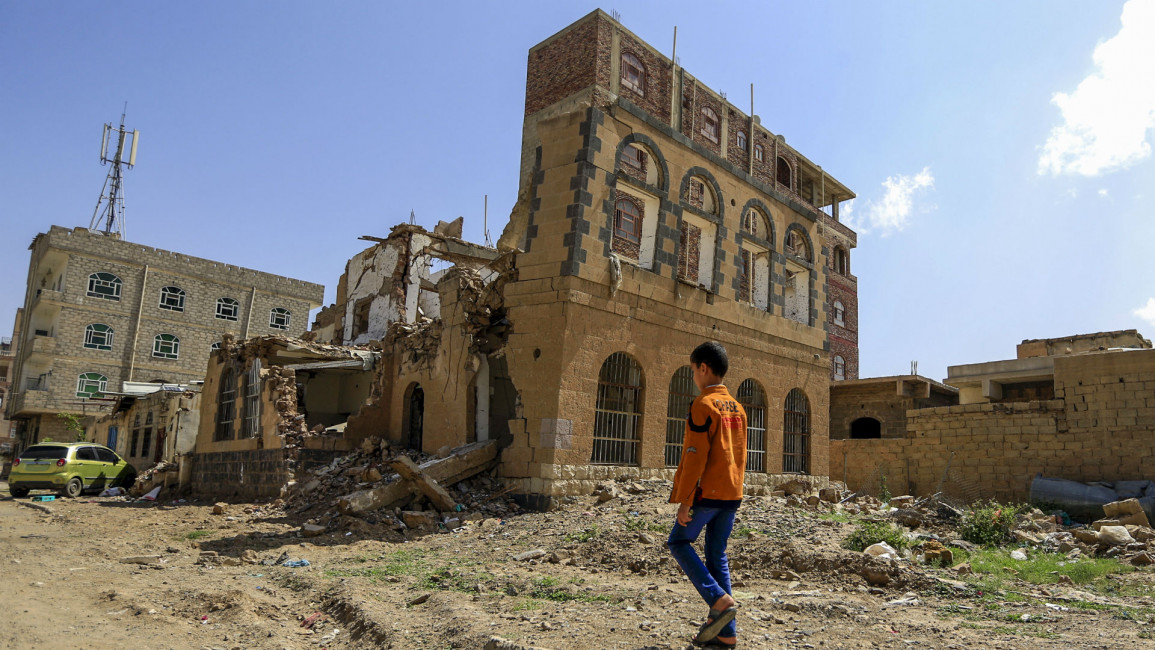Over 90,000 killed in Yemen war since 2015
Yemen's civil war has killed at least 91,600 people so far, a database tracking violence said Wednesday, presenting a new estimate after completing reporting for the first months of fighting in 2015.
The conflict began with the 2014 takeover over of northern and central Yemen by the Iranian-backed rebels, driving out the internationally recognised government from the capital, Sanaa.
Months later, in March 2015, a Saudi-led coalition launched its air campaign to prevent the rebels, known as Houthis, from overrunning the country's south.
In the relentless campaign, Saudi-led airstrikes have hit schools, hospitals and wedding parties and killed thousands of Yemeni civilians. The Houthis have used drones and missiles to attack Saudi Arabia and have targeted vessels in the Red Sea.
Civilians have borne the brunt of the conflict, which has created what the United Nations says is the world's worst humanitarian crisis.
The Armed Conflict Location & Event Data Project, or ACLED, said that in 2015, about 17,100 people were reported killed — the second-most lethal year after 2018, which was the deadliest one on record.
ACLED said 11,900 people were killed this year, compared to 30,800 in 2018.
Twitter Post
|
The group said the Saudi-led coalition and its allies were responsible for more than 8,000 of about 11,700 deaths resulting from the direct targeting of civilians, while the Houthis and their allies were responsible for the rest.
The group said it recorded over 18,400 killed in the southwestern province of Taiz since 2015, placing Taiz as the most violent province in Yemen, largely due to a four-year siege by the Houthis, the group said.
Hodeida and Jawf followed Taiz as the next most violent provinces in Yemen, with almost 10,000 in total combat fatalities, reported in each region since 2015, according the group.
ACLED said the UN-brokered cease-fire for the Red Sea port city of in Hodeida contributed to a partial drop in reported fatalities in recent months. That cease-fire has since crumbled.
"These data are both a tool and a warning: the international community must use them to help understand, monitor, and ultimately resolve the conflict before the situation spirals even further out of control," said ACLED executive director Clionadh Raleigh.
The data covers everything from airstrikes, shelling and ground battles between the various forces to militant bombings and violence at protests. But their numbers do not include those who have died in the humanitarian disasters caused by the war, particularly starvation.
Sam Jones, a spokesman for the ACLED, told The Associated Press that their estimates for civilian fatalities exclude "collateral damage," meaning the total civilian death toll for the war is likely significantly higher.
Jones said their figures also don't include the first months of the war after September 2014, when the Houthis moved from their northern stronghold in Saada province to take control of the capital.
The group, which receives funding in part from the US State Department and Dutch Ministry of Foreign Affairs, builds its database on news reports from Yemeni and international media and international agencies.
Agencies contributed to this report.



